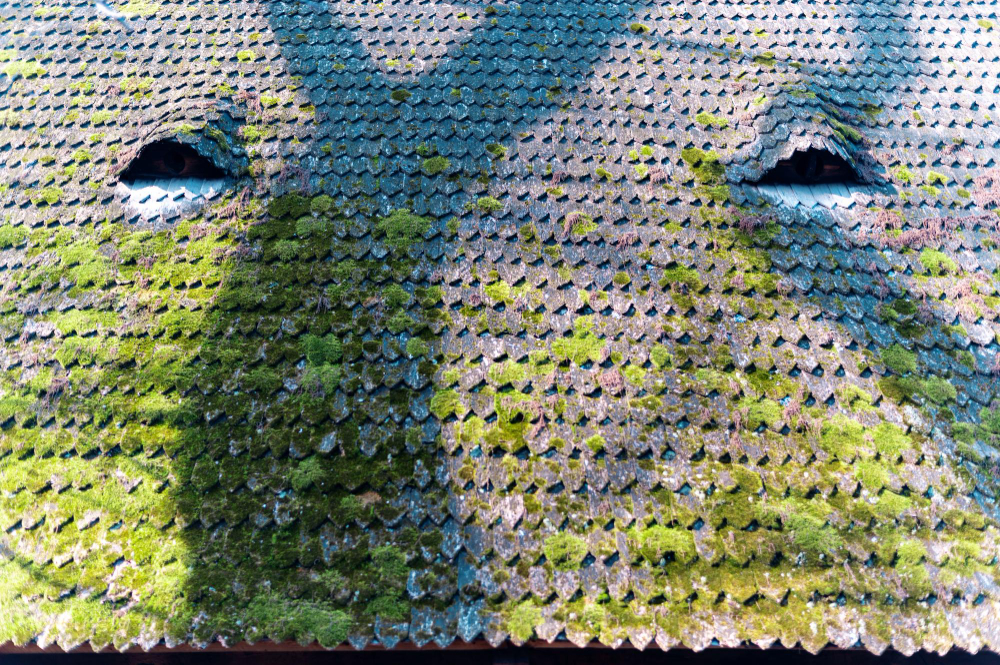Sustainable construction practices are rapidly gaining momentum in the building industry as awareness of environmental impact grows. One key aspect of sustainable construction is the use of green building materials that minimize energy consumption, reduce waste, and promote resource efficiency. In this article, we will explore five innovative green building materials that are revolutionizing the construction industry. From solar panels and triple glazing to sheep wool insulation, sustainable roofing tiles, and eco-friendly decking options, these materials offer a glimpse into the future of environmentally conscious building practices.
Solar Panels & Solar Tiles
Advantages of Solar Panels
Harness the power of the sun to reduce your electricity bills and carbon footprint. It’s like getting your own personal ray of sunshine!
Types of Solar Tiles
From sleek integrated panels to stylish tiles that blend seamlessly with your roof, there are options to suit every aesthetic preference. Solar power never looked so good!
Installation Process
Get ready to shine bright like a diamond! Installation involves mounting the panels on your roof or using solar tiles as roofing material. It’s like giving your home a sustainable makeover.
Triple Glazing
Benefits of Triple Glazing
Keep the noise out, the heat in, and the energy bills down with triple glazing. It’s like wrapping your home in a cozy, energy-efficient blanket.
Energy Efficiency
Say goodbye to drafts and hello to a snug, energy-efficient home. Triple glazing helps you stay comfortably warm without cranking up the heating. It’s like a warm hug for your house!
Cost Considerations
Invest in your comfort and sustainability for the long haul. While triple glazing may have a higher upfront cost, the energy savings and comfort benefits make it a smart choice in the long run. It’s like treating your home to a luxurious eco-upgrade.
Sheep Wool Insulation
Properties of Sheep Wool
Soft, sustainable, and super insulating, sheep wool is nature’s gift to green construction. It’s like wrapping your home in a cozy, eco-friendly sweater.
Installation Methods
Whether it’s rolls, batts, or loose fill, sheep wool insulation can snugly fit into any nook and cranny of your home. It’s like giving your house a warm, woolly hug from the inside out.
Sustainability Benefits
By choosing sheep wool insulation, you’re not only keeping your home warm but also supporting sustainable farming practices. It’s like being a good shepherd to both your home and the environment.
Sustainable Roofing Tiles
Materials Used in Sustainable Roofing
From recycled plastic to reclaimed wood, sustainable roofing tiles come in a variety of eco-friendly materials. It’s like dressing your roof in upcycled couture!
Longevity and Durability
Stand the test of time with roofing tiles that are as sturdy as they are sustainable. It’s like having a roof over your head that’s built to last, for both you and the planet.
Design Options
Get creative with your roofscape! Sustainable roofing tiles offer a range of colors, textures, and styles to elevate your curb appeal. It’s like giving your home’s crowning glory a green makeover that turns heads for all the right reasons.
Eco-Friendly Decking Options
When it comes to creating a sustainable outdoor space, decking plays a significant role. Choosing eco-friendly decking options not only helps the environment but also adds a touch of style to your backyard retreat.
Types of Eco-Friendly Decking
- Bamboo Decking: Made from fast-growing bamboo, this decking option is durable, stylish, and renewable.
- Composite Decking: Combining wood fibers with recycled plastic, composite decking offers a low-maintenance alternative to traditional wood decks.
- Recycled Plastic Decking: Utilizing recycled plastic materials, this decking option is long-lasting and helps reduce plastic waste.
Maintenance Requirements
One of the perks of eco-friendly decking is its low maintenance requirements. Unlike traditional wood decking, which often requires staining and sealing, eco-friendly options like composite and recycled plastic decking are resistant to rot, mold, and insects, making them easier to maintain.
Environmental Impact
Opting for eco-friendly decking materials has a positive impact on the environment. By choosing decking options made from renewable resources or recycled materials, you are reducing the demand for virgin wood and contributing to sustainability efforts. Plus, many eco-friendly decking options are recyclable at the end of their lifespan, further reducing their environmental impact.In conclusion, incorporating green building materials into construction projects not only benefits the environment but also enhances the overall quality and sustainability of buildings. By embracing these innovative materials, we can create spaces that are energy-efficient, cost-effective, and environmentally friendly. As the demand for sustainable construction continues to rise, exploring and implementing green building materials will play a crucial role in shaping a more sustainable future for the construction industry.



